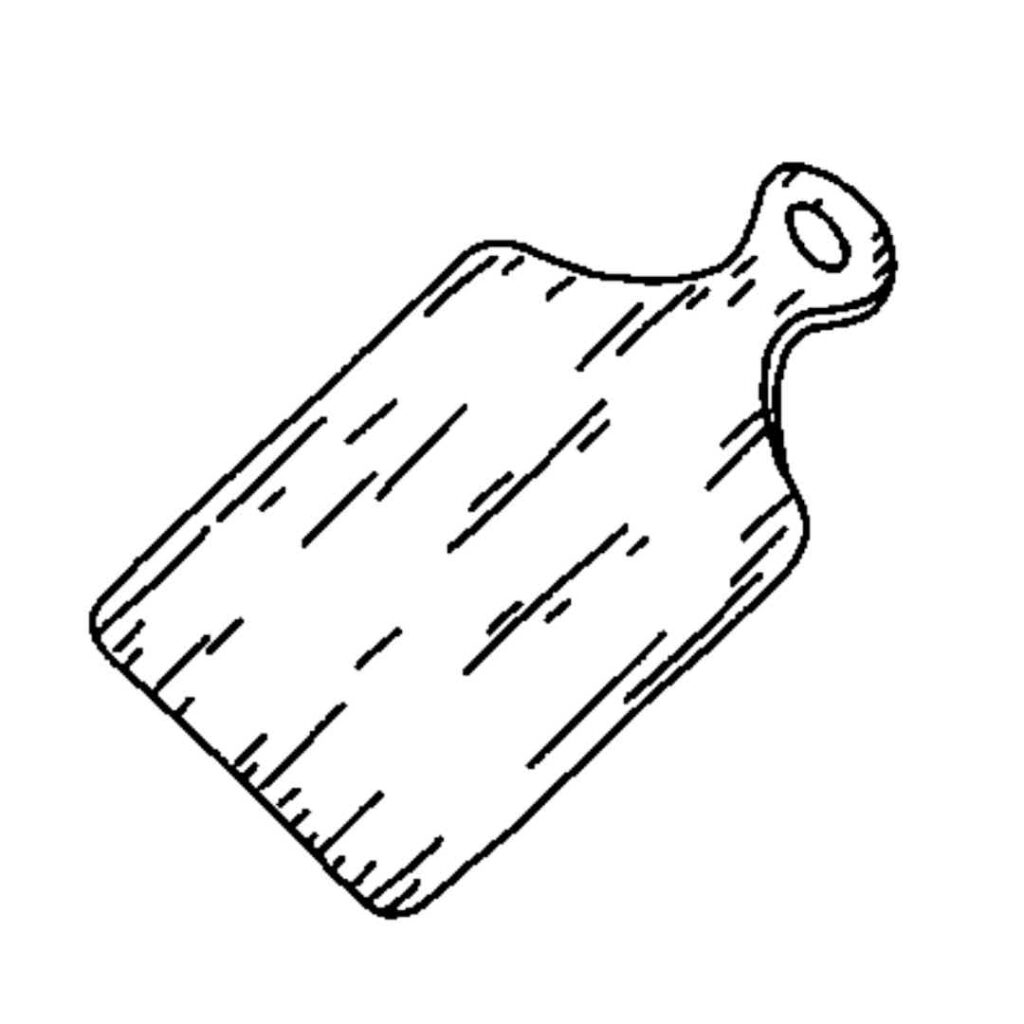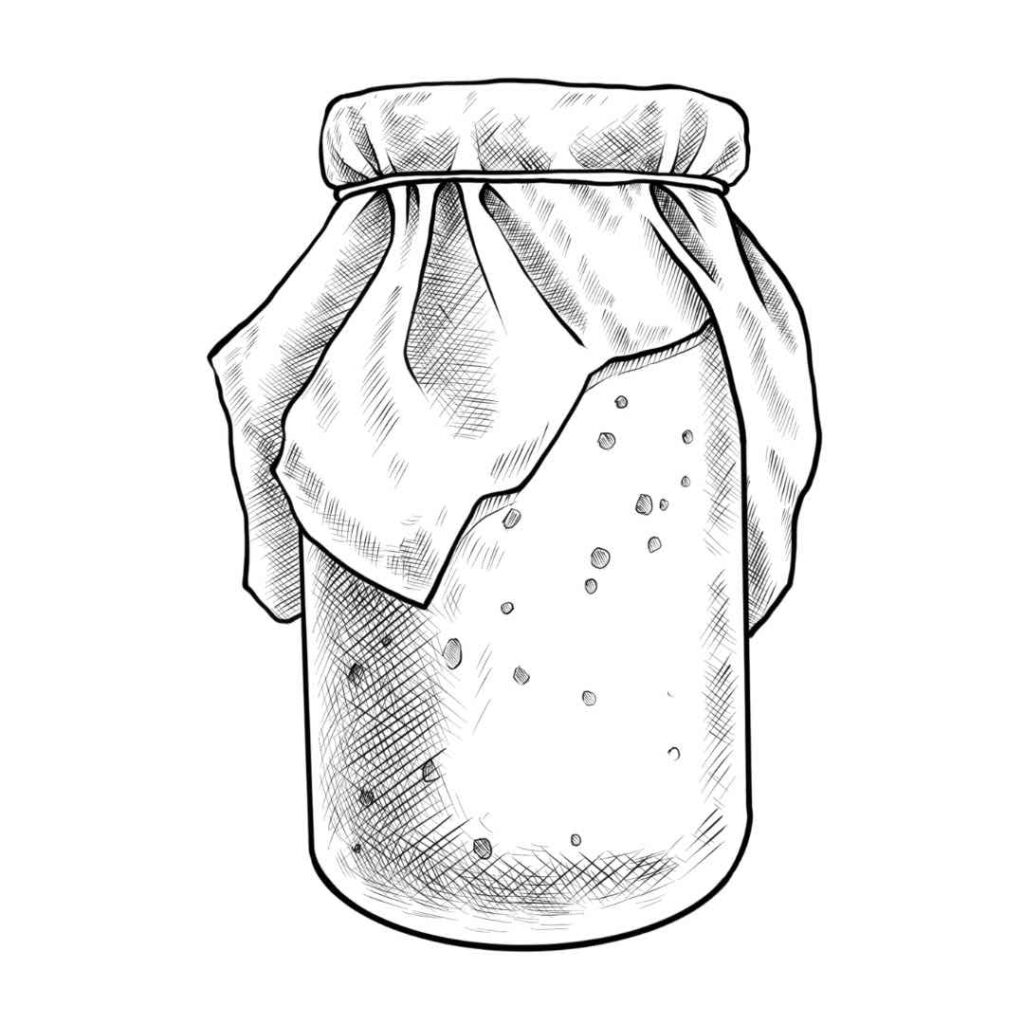Making pimentada

This fermented pepper paste is great in stews, marinades and as a base for pasta sauces.
Pimentada is a traditional lacto-fermented condiment made from roasted pepper flesh. This flavorful and tangy preserve is perfect as a topping for grilled meats, stirred into soups, or spread onto bread for a zesty kick. The fermentation process enhances the flavors of the peppers and provides natural preservation, making it shelf-stable after salt is added. Follow this recipe for a simple, but highly rewarding, homemade fermented condiment.


This fermented pepper paste is great in stews, marinades and as a base for pasta sauces.
1 kg peppers = about 300 gr pimentada

Serves:
1 kg of whole bell peppers = about 300 gr pimentada

Time to Prepare:
15 min

Time to cook or cure:
7 days

Skill
Fermentation

Serves:
1 kg of whole bell pepper = 300 gr pimentada

Time to Prepare:
25 min

Time to cook or cure:
7 days

Skills:
Fermentation

Pimentada is a great flavour enhancer and can be used the same way you would use tomato paste. Be mindful of the salt level!
1. Roast the Peppers
Preheat your oven to 450°F (230°C). Wash the bell peppers and place them whole on a baking sheet. Roast the peppers for 25-30 minutes, turning them with tongs to evenly char the skin. You’re aiming for a nicely blackened, blistered skin that will be easy to peel off.
2. Steam and Peel the Peppers
After roasting, place the hot peppers in a bowl and cover it with plastic wrap or a kitchen towel to steam for about 10-15 minutes. This loosens the skin and makes peeling easier. Once they’ve cooled, carefully peel off the charred skin and discard the seeds and membranes, leaving just the roasted pepper flesh.
3. Pass the Peppers through a Food Mill
To create the smooth base for your Pimentada, pass the peeled peppers through a pass-vite (food mill). This process ensures a uniform texture and removes any remaining skin or seeds. You should end up with a silky, pepper puree that will ferment evenly.
4. Fermentation Process
Transfer the pepper puree to clean glass jars, filling each jar only halfway to allow room for expansion during fermentation. Cover the jars loosely with a clean towel or cheesecloth, allowing airflow while keeping contaminants out.
5. Add Salt for Preservation
After 7 days of fermentation, weigh the fermented pepper mixture. Add 20% of the total weight in salt to the puree. For example, if you have 500 grams of fermented pepper puree, you would add 100 grams of salt. Stir the salt thoroughly into the mixture until it is well incorporated.
Salt not only enhances the flavor but also acts as a preservative, halting the fermentation process and allowing the condiment to be stored on the shelf without refrigeration.
After adding the salt, transfer the pimentada into sterilized glass jars, ensuring they are tightly sealed. The high salt content will preserve the fermented peppers, making the pimentada shelf-stable. Store the jars in a cool, dark place. Once opened, keep the jar in the refrigerator and use within a few weeks.

Recipe Categories
We lost so much.
Our pastures are destroyed, many of our old olive trees, the young orchards, the irrigation systems, our most important tools, water pumps, and power setup—either melted or destroyed.
Our food and hay stores, the fences, and many of the stable buildings are either damaged or lost entirely.
What took years to build was reduced to ash in a single afternoon.
Ready to Recharge and Enjoy Real Food in Nature?
Cook, connect, and grow in the heart of our regenerative farm.
Real food. Deep rest. Lifelong memories.
